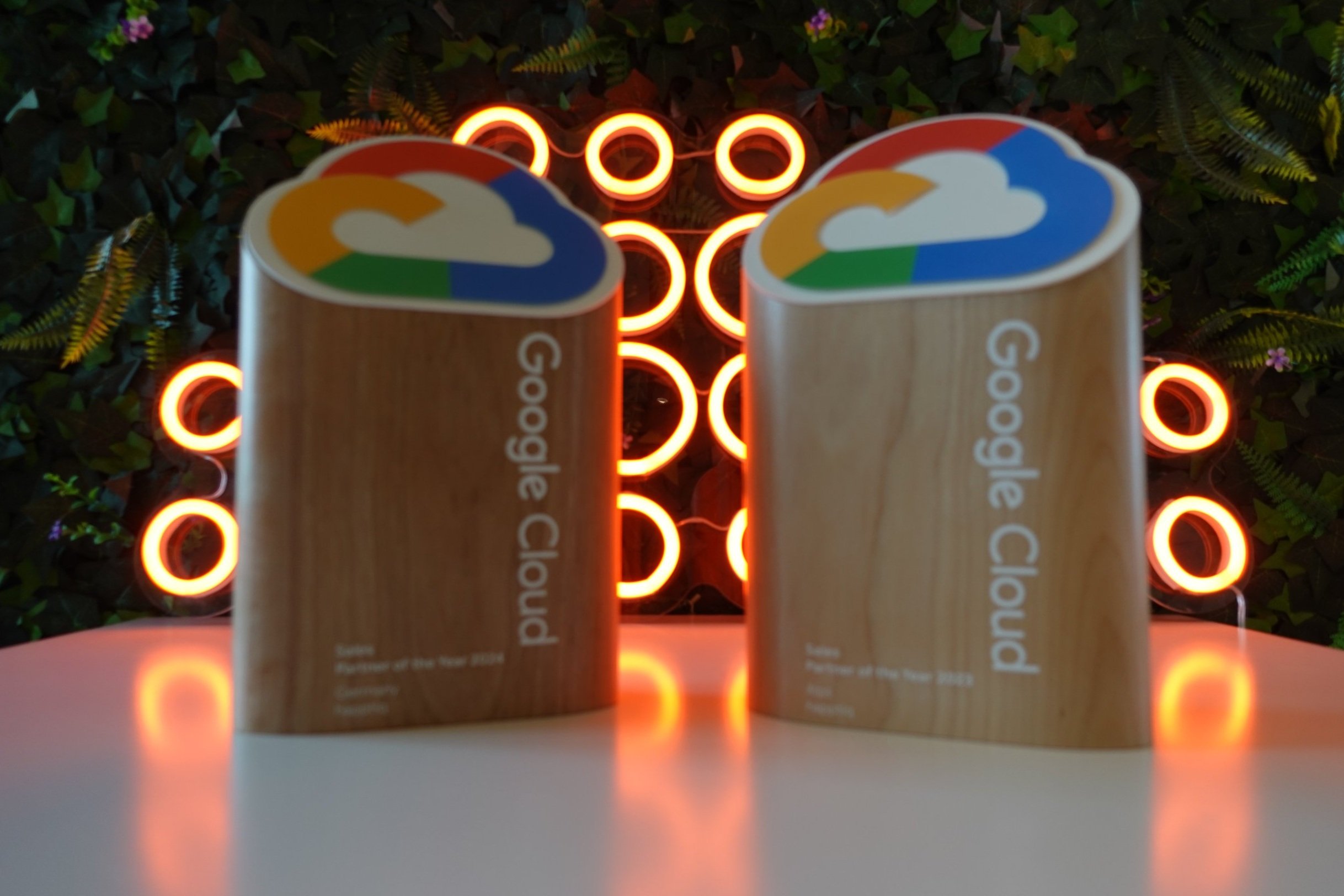GOOGLE CLOUD LANDING ZONE
Cloud computing has evolved into a business necessity rather than a luxury. However, the transition process can be intricate, demanding expertise in security protocols, governance structures, and cost optimization strategies.
Our Solution
Transitioning to the cloud can be no easy feat, requiring expertise in areas like access management, network security, and cost optimization.
Our Google Cloud Landing Zone lays the foundation to ensure your cloud environment is secure, scalable, and optimized for your specific needs from day one. We take the complexity out of cloud adoption by providing your team with a pre-configured environment that incorporates industry best practices and security standards. This allows you to focus on what matters most: deploying applications, driving innovation, and achieving your business objectives.
What Our Landing Zone Engagement Includes
Our Google Cloud Landing Zone engagements are tailored to your specific needs. We'll work closely with you to design and implement a secure, scalable, and optimized cloud foundation. Here's what you can expect:
Connected & Scalable
We'll design and implement a cloud architecture that supports your critical applications while adapting to future requirements.
Secure & Compliant
We'll implement security best practices, including access controls, network segmentation, and compliance frameworks to safeguard your data and applications.
Documented & Ready to Use
We'll provide detailed documentation of your Landing Zone, deliver customized activation support, and ensure a comprehensive handover for smooth ongoing management.
Monitored & Optimized
We'll integrate centralized logging, monitoring, and cost optimization tools to provide visibility, enable proactive troubleshooting, and maintain cost efficiency.
Why Choose Our Landing Zone?
-

Faster Cloud Adoption
land in the cloud in record time, ready to deploy your applications
-

Enhanced Security
configure your environment to the highest degree of safety and compliance
-

Improved Cost Management
harness your TCO and skip over the CapEx investments
-

Personalization
have your Landing Zone tailor-fit to your requirements, built on the best industry practices
Ready to level-up your cloud experience?
See how we've helped companies transition to Google Cloud with confidence.
Manor AG
happtiq designed and implemented a Google Cloud Landing Zone with Manor tailored to their specific requirements and to support the extension of their data insight capabilities to the Google Cloud.

Ready to build a solid foundation for your cloud transformation?
Contact us today to discuss your Google Cloud Landing Zone.


